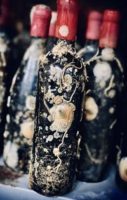
Retrieved submerged bottles of Ocean Fathoms wine.
Image: Lara Castaognia
A new craze is spreading across the world of wine. Call it “shipwreck wine” without the shipwreck. Off the shores of California, Croatia, Spain, Britain, France, Argentina, Italy, and China; vintners are aging wines underwater in specially constructed ocean wine cellars. They report that the ocean-aged wines mature faster and, depending on the wine, were brighter and fruitier. The near-constant cool temperature underwater coupled with the total lack of oxygen is credited with the improved quality of the wine when it emerges from the briny deep.
The underwater wine cellars around the globe were inspired by the discovery of a shipwreck in the Baltic in 2010. In the wreck’s hold, divers found 30 bottles of champagne thought to pre-date the French Revolution on the Baltic seabed. Remarkably, the champagne was still highly drinkable. When the Baltic bubbly sold at auction, a bottle of Veuve Clicquot, believed to date from between 1782 and 1788, went for 30,000 euros or roughly $43,500.
Continue reading →
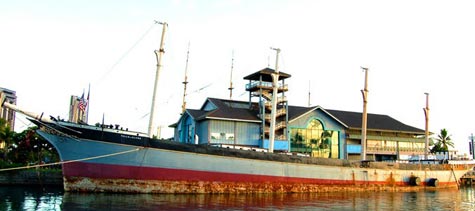 Supporters in Scotland are mounting a last-ditch effort to save the Falls of Clyde from scrapping or scuttling in Hawaii. The Falls of Clyde, launched in 1878 in Port Glasgow, Scotland, is the only remaining iron-hulled four-masted full-rigged ship and the only surviving sail-driven oil tanker in the world.
Supporters in Scotland are mounting a last-ditch effort to save the Falls of Clyde from scrapping or scuttling in Hawaii. The Falls of Clyde, launched in 1878 in Port Glasgow, Scotland, is the only remaining iron-hulled four-masted full-rigged ship and the only surviving sail-driven oil tanker in the world. 
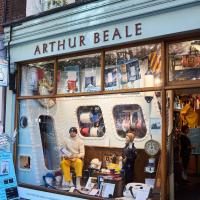
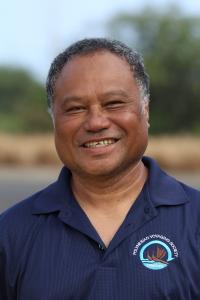 Chad Kālepa Baybayan, a revered Hawaiian navigator and captain of the Polynesian voyaging canoe
Chad Kālepa Baybayan, a revered Hawaiian navigator and captain of the Polynesian voyaging canoe 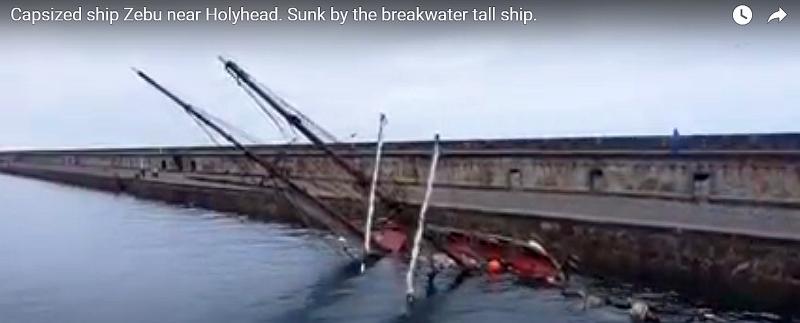 This has been a terrible few days for the
This has been a terrible few days for the 
 The
The 
 May is
May is 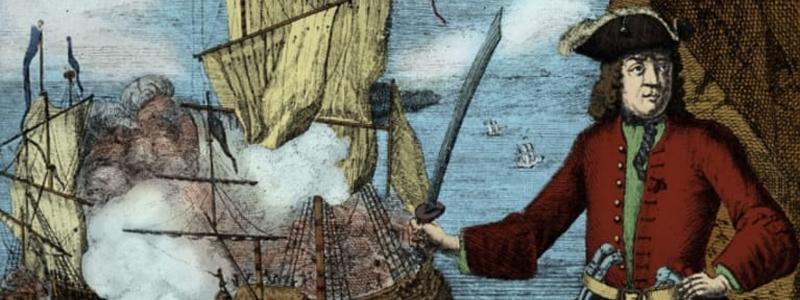 During the “
During the “ As if anyone needed a reminder of how vulnerable whales are to ship strikes, when
As if anyone needed a reminder of how vulnerable whales are to ship strikes, when 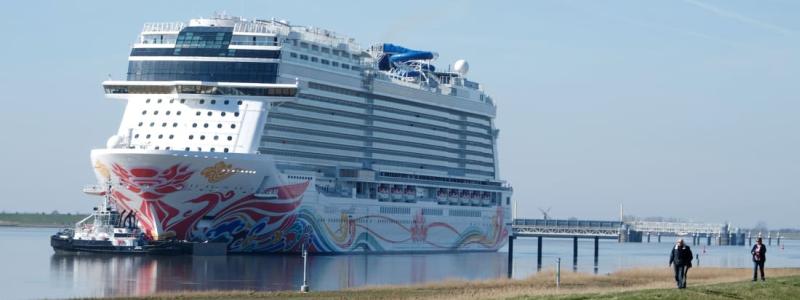 Florida politics on Covid-19 vaccinations threatens to disrupt the cruise industry restart in Florida. The Centers for Disease Control and Prevention (CDC) recently announced
Florida politics on Covid-19 vaccinations threatens to disrupt the cruise industry restart in Florida. The Centers for Disease Control and Prevention (CDC) recently announced 
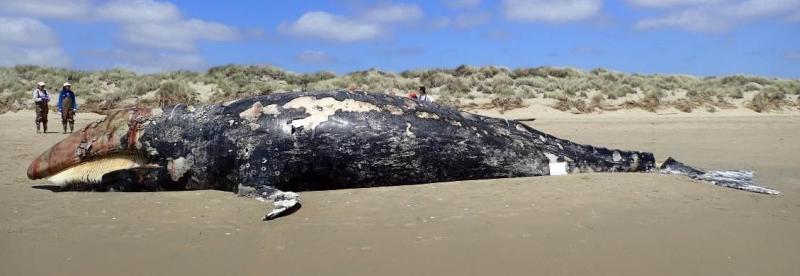 In early April,
In early April,  Here is a new video from
Here is a new video from 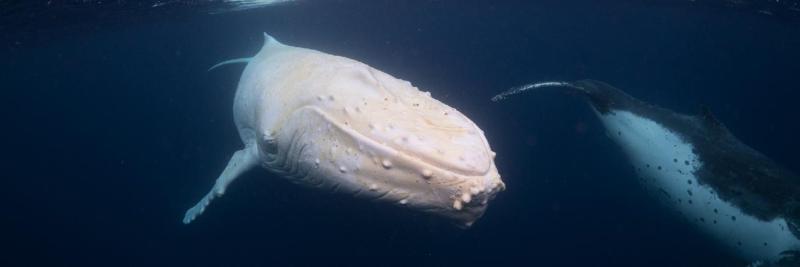 There are reports that
There are reports that 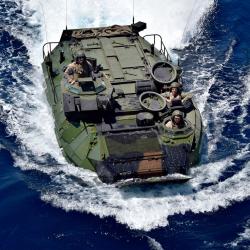
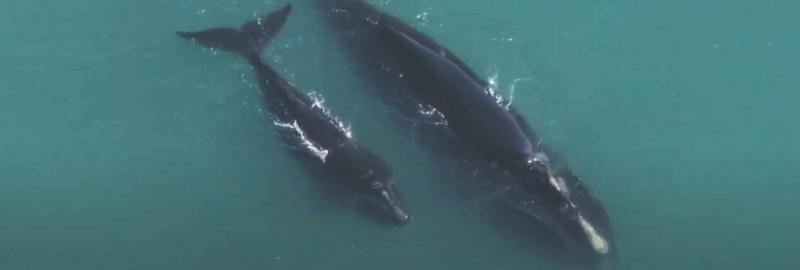
 The title of an article in CNN was intriguing —
The title of an article in CNN was intriguing —  Denmark is planning on building three offshore wind farms with 200 turbines with a 3 GW capacity 100 kilometers off the coast in the North Sea. Later phases of the project include an additional seven wind farms with 470 turbines. On its completion, the entire project will have a capacity of 10 GW.
Denmark is planning on building three offshore wind farms with 200 turbines with a 3 GW capacity 100 kilometers off the coast in the North Sea. Later phases of the project include an additional seven wind farms with 470 turbines. On its completion, the entire project will have a capacity of 10 GW.